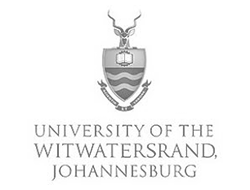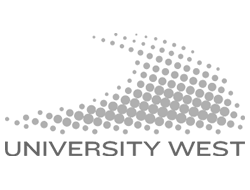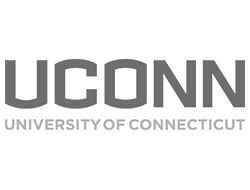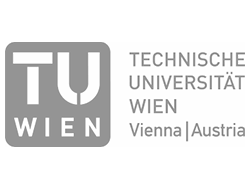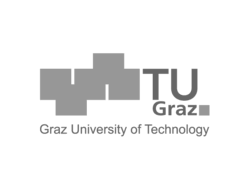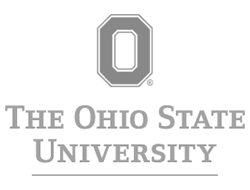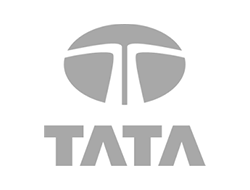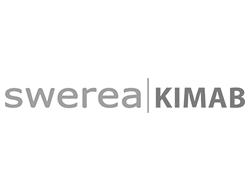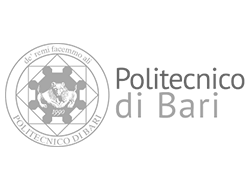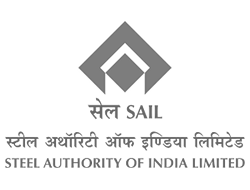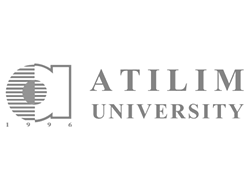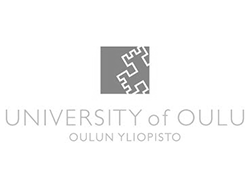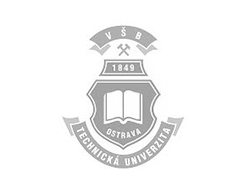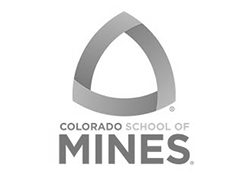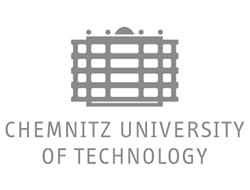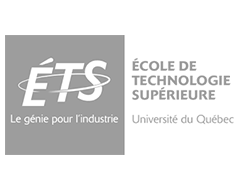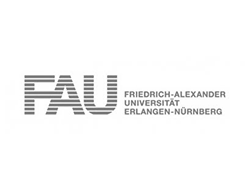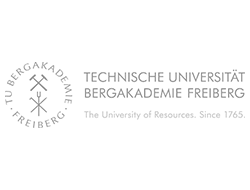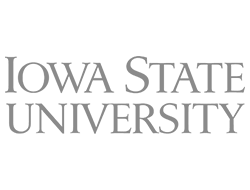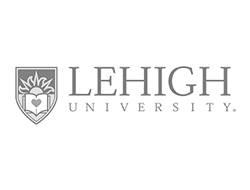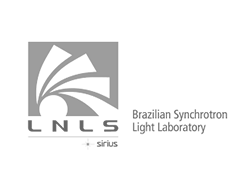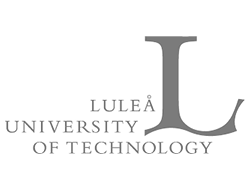Lockheed Martin Space Systems in Colorado
Future spacecraft missions are creating a need for lightweight, highly reliable mechanisms for precision articulation, low shock separation, and deployment of solar arrays and antennas. Smart mechanisms employing shape memory actuation provide improved reliability and performance via their ability to actively control key spacecraft functions under the influence of variable environmental and operational stimuli. The advantages of smart mechanisms are increased pointing accuracy, low shock separation and deployment, and reduced noise and vibration compared to traditional mechanisms employing stepping motors, solenoids or wax actuators.
In 1964, Buchler and Criley of the US Naval Ordnance Laboratory developed a series of engineering alloys that possess a unique mechanical property: shape memory. The generic name of the series of alloys is 55-Nitinol, where Nitinol stands for Nickel Titanium Naval Ordnance Laboratory. These alloys are based on the intermetallic compound NiTi with a chemical composition in the range of 53 to 57 weight percent nickel, and the balance is titanium. Since the introduction of binary shape memory alloys, other systems involving Cu, Hf, or Pd additions have been developed to improve shape memory properties.
Shape memory alloys (SMAs) exhibit two unique characteristics: 1) shape recovery effect which manifests itself in a remarkable restoring force and/or recovery of a tremendous amount of plastic strain (Figure 1) by means of a reversible crystalline phase transformation. SMAs generate recovery stresses in excess of 690 MPa (~100 ksi) or recover their original heat treated strain (up to 8%) when heated above a critical transformation temperature, and 2) elastic modulus changes from 27 GPa (3.9 Msi) to 110 GPa (15.9 Msi) when the material transforms from the martensite phase to the austenite phase (NiTiCu SMAs). These characteristics of SMAs can be exploited to design smart mechanisms capable of shockless separation, shape control, precision pointing, and controlled structural deployment.
Despite their attractive attributes, the use of SMAs in the past has been limited due to an incomplete understanding of their very interdependent Force-Length-Temperature (FLT) response and associated nonlinear and hysteretic behavior, as well as the effects of creep, fatigue, and material property drift which results from transformational cycling. This is indicated by the force-strain response of a NiTiCu alloy isothermally cycled at 70°C as shown in Figure 2. Creep and hysteresis are observed to decrease in a semilog function with cycle. Annealing temperature is also known to influence force-strain behavior according to data presented in Figure 3. To aid in the research and development of shape memory alloys, a Gleeble 2000 was fitted with a special vacuum chamber and control system to train the actuators within a force, displacement and temperature domain (Figure 4 and Figure 5). The Gleeble has also been used to characterize NiTiCu material properties, including:
- Effect of shape memory alloy composition on transformation behavior,
- Determination of transformation force and displacement as a function of annealing temperature,
- Characterization of superelastic response as a function of stress-strain cycle,
- Evaluation of martensite and austenite modulus.
The material properties described by these data are incorporated into mechanical design equations to generate actuator specifications for spacecraft mechanisms. Actuators fabricated from NiTiCu are subjected to additional thermomechanical treatment in the Gleeble to verify response bandwidth and stability. These actuators are then suitable for incorporation into spacecraft mechanisms.
This article first appeared in the Gleeble® Newsletter — Summer 1995.




